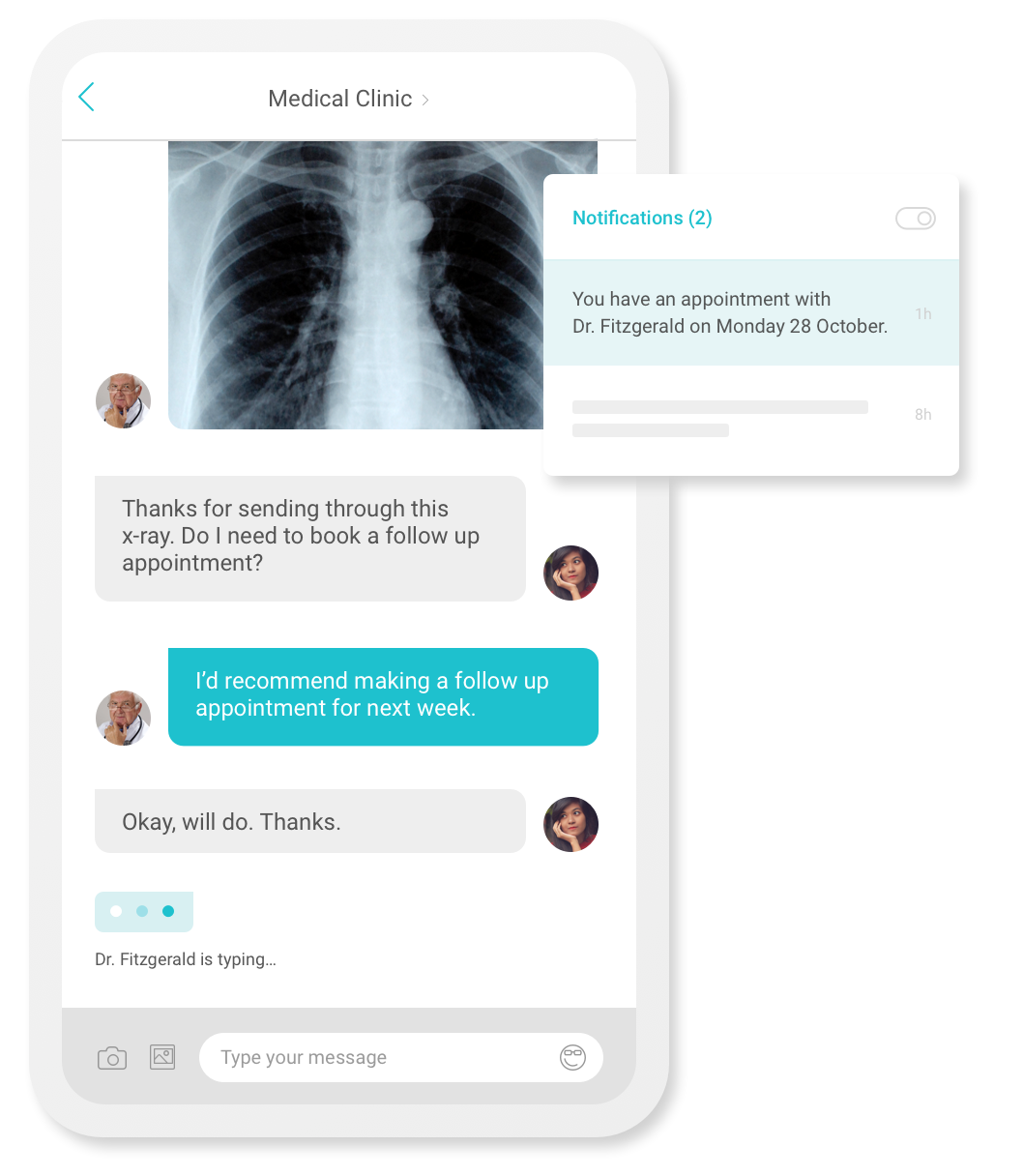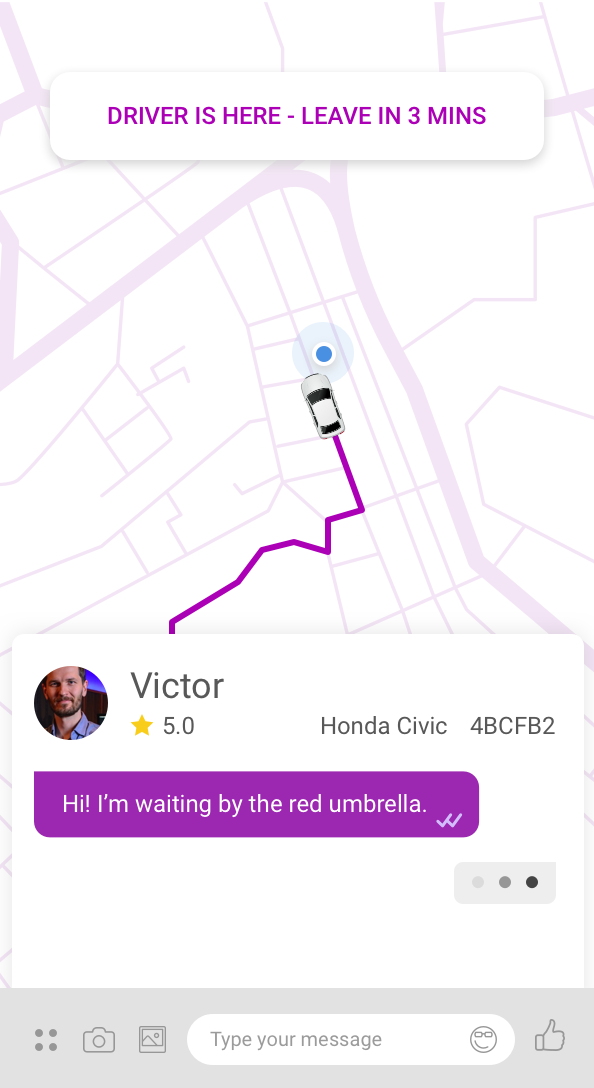The Promise and Challenge of Chat in 2020
The Chat Landscape Today
Across the Big Four of mobile messaging - Messenger, WeChat, Viber, and WhatsApp - there are 4.1 billion users who sent 72 trillion chat messages in 2018, and this is a number that continues to grow year over year. The world is using more messaging services, for more time, across more and more use cases. Collaboration software - Slack, Microsoft Teams, and other CPaaSs - spending was estimated to hit $45B by the end of 2019, with the biggest area of growth being team chat applications, expected to rise 60%. Now, phone support is being replaced by chat customer service channels (and more recently, chatbot-driven). And, this isn't just blind prospecting: 68% of consumers say that messaging is the most convenient way to stay in touch with businesses. But it’s not just the increased reliance on communication software being built and bought that’s changing the landscape of chat. There’s another revolution taking place, and India’s at the heart of it. In 2018, there were 3.3 billion smartphones spread across the globe. The cost of a connected device (any system on a chip with WiFi, cellular, and a CPU), has dropped from $20 in 2014 to $0.75 in 2018, and that price has continued to drop in the last few years. Internet connectivity has never been more affordable. For under $5, you get unlimited LTE in India, and these plans often come with a free smartphone. In a nutshell, people are online and they’re online everywhere. With always-on, ubiquitous, and affordable connectivity, combined with a powerful smartphone, in-app chat of all shapes and sizes is at their fingertips. And as a result, chat has become the primary form of communication across all industries and verticals, with no signs of slowing down.
In-App Chat Challenges: Scale, Security, Integrations
It’s safe to say the chat market is hot, and it extends beyond end-user chat applications like WeChat, Slack, and Signal. It’s not just the chat apps themselves, but the technology behind them that’s introducing new disruptive players to the game, backed by heavy funding from VCs, which is apparent for instance, in the prevalence of chat amongst the 57 startups VCs expected to boom in 2019. Yet, when approaching the market, it's no surprise that chat apps face challenges. With billions of users using chat applications for every walk of life - connecting, collaborating, customer service, artificial intelligence, the list goes on - any app offering chat at scale needs to take very seriously scale, reliability, and security challenges.
Guarantee Scale for Massive User Counts
Take that 4.1 billion users from the Big Four, and think about that kind of scale divided amongst the millions and millions of chat applications deployed today. For a good number of them, they’re dealing with a massive amount of users. And given that those users are relying on chat for increasingly data-intensive use cases, deploying and maintaining chat at massive scale is the primary challenge companies face for 2020. Take HotStar, an Indian streaming service, who broke the global record for live viewership in an OTT video streaming app last year. 18.6 million users simultaneously joined the application, which includes a live chat widget and a number of other interactive features. The challenge is this: what works in the lab doesn’t always work in the wild. Chat applications deal with a number of contingencies when deployed to unconstrainted users. Large fluctuations in concurrent users, various message sizes (chat messages, video, images, typing indicators, etc), the global distribution of users, and unreliable and irregular network environments are the most prominent challenges in ensuring scale. The result is that building chat from open-source components and DIY infrastructure is hard, which is why companies are turning to hosted services to offload the complexities and handle the infrastructure for “always-on” connectivity. For a deeper dive into the challenges of ensuring scale for real-time apps, see what goes into building the global infrastructure yourself.
Strict Privacy and Compliance Regulations

And, violating data privacy regulations has serious consequences. Last year, British Airlines got hit with a €183M fine for a GDPR violation. Revolutionary privacy regulation has come, and businesses must be aware of the current laws, future regulation, and privacy standards to sustain compliance. Now, messaging platforms play critical roles across all walks of life. Doctor-patient chat, eLearning platforms, customer service, and financial services are just a few of the core use cases for in-app chat. Across these channels, users are sharing incredibly sensitive, personal data over these applications. Chat service providers must put security and compliance first, protecting user data with advanced measures beyond simple encryption and authorization. This means reinforcing chat security beyond TLS with AES encryption for end-to-end message protection. This means fine-grained access control over every user connected to a chat application, with the ability to identify and revoke access for bad actors. And, this means checking the box of every major compliance necessary for the chat application's industry and the types of data it handles, like HIPAA for healthcare.
Supporting 3rd Party Integrations

The Chat Opportunity
Scale, security, and integrations are the three biggest challenges chat service providers and companies relying on chat will face. In a crowded, competitive market, building unique and innovative features, while iterating and getting to market quickly, will make or break businesses. Look for chat to continue to surge as a crucial part of applications across every industry and vertical, serving an ever-growing, data-intensive user base with massive expectations. PubNub's answer to the opportunity of in-app chat is PubNub Chat, a flexible set of SDKs built for companies who don't want to choose between speed and flexibility when creating a chat experience.
Check out PubNub Chat here.